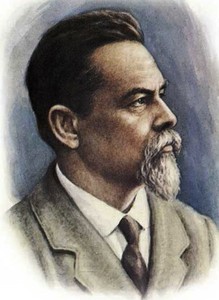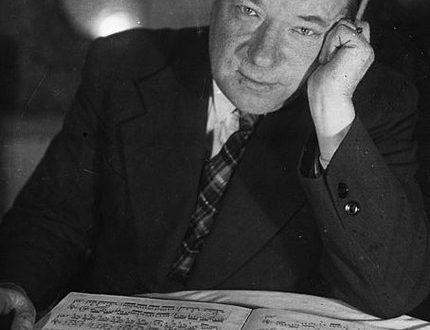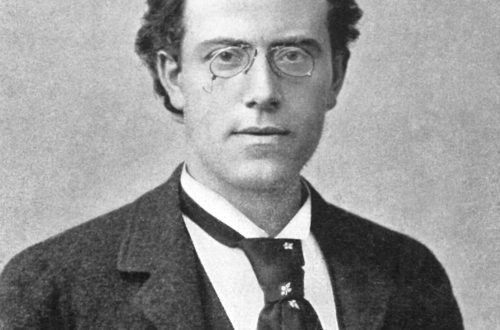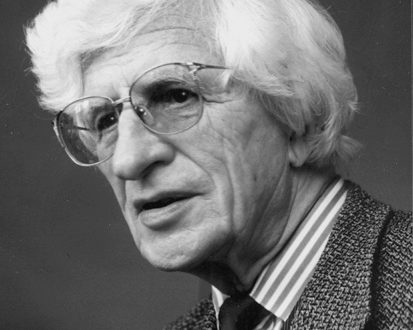
Alexander Dmitrievich Kastalsky |
Alexander Kastalsky

Russian composer, choral conductor, researcher of Russian musical folklore; one of the initiators of the so-called. “new direction” in Russian sacred music of the late 19th – early 20th centuries. Born in Moscow on November 16 (28), 1856 in the family of a priest. In 1876-1881 he studied at the Moscow Conservatory, but completed the course many years later – in 1893 in the composition class of S.I. Taneev. For some time he taught and conducted various choirs in the provinces. Since 1887 he was a piano teacher at the Synodal School of Church Singing, then there he was an assistant director of the Synodal Choir, from 1900 he was a conductor, from 1910 he was director of the Synodal School and the choir. After the school was transformed into the People’s Choir Academy in 1918, he directed it until it closed in 1923. Since 1922, he was a professor at the Moscow Conservatory, dean of the conductor and choir department, and head of the department of folk music. Kastalsky died in Moscow on December 17, 1926.
Kastalsky is the author of about 200 sacred works and arrangements, which formed the basis of the choir (and to a large extent concert) repertoire of the Synodal Choir in the 1900s. The composer was the first to prove the organicity of the combination of ancient Russian chants with the methods of folk peasant polyphony, as well as with the traditions that have developed in kliros practice, and with the experience of the Russian composer school. Often, Kastalsky was called “Vasnetsov in music”, referring primarily to the painting by V.M. Vasnetsov of the Vladimir Cathedral in Kyiv, which restored the traditions of monumental fresco in the national style: the style of sacred music of Kastalsky, where the line between the arrangement (processing) of traditional chants and writing in their spirit, also marked by objectivity and rigor. As director of the Synodal School, Kastalsky carried out its transformation into the Academy of Church Music, with training in programs that exceeded the level of the conservatory.
An important direction of his activity was “musical restoration”: in particular, he carried out the reconstruction of the ancient Russian liturgical drama “The Cave Action”; in the cycle “From Past Ages” the art of the Ancient East, Hellas, Ancient Rome, Judea, Russia, etc. is presented in musical pictures. Kastalsky created a monumental cantata-requiem for soloists, choir and orchestra “Fraternal Commemoration of the Heroes Who Fallen in the Great War” (1916 ; in memory of the soldiers of the allied armies of the First World War in Russian, Latin, English and other texts; the second edition for the choir without accompaniment – “Eternal Memory” to the Church Slavonic text of the memorial service, 1917). Author of hymns composed specifically for the enthronement of Patriarch Tikhon at the Local Council of the Russian Orthodox Church in 1917–1918. Among the secular works are the opera Klara Milich after Turgenev (1907, staged at the Zimin Opera in 1916), Songs about the Motherland to verses by Russian poets for unaccompanied choir (1901–1903). Kastalsky is the author of the theoretical works Peculiarities of the Russian Folk Musical System (1923) and Fundamentals of Folk Polyphony (published in 1948). On his initiative, the course of folk music was introduced first at the Synodal School, and then at the Moscow Conservatory.
In the early 1920s, Kastalsky for some time sincerely tried to meet the “requirements of modernity” and created several unsuccessful works for the choir and orchestra of folk instruments, “Agricultural Symphony”, etc., as well as arrangements of Soviet “revolutionary” songs. For a long time his spiritual work was in complete oblivion in his homeland; Today, Kastalsky is recognized as a master of the “new trend” in Russian church music.
Encyclopedia





